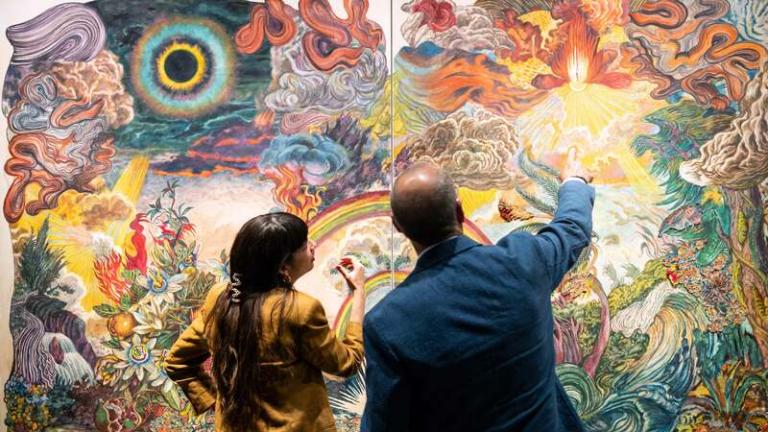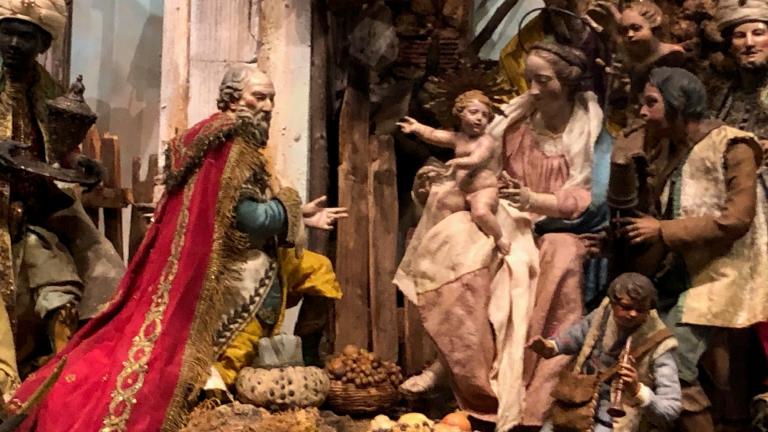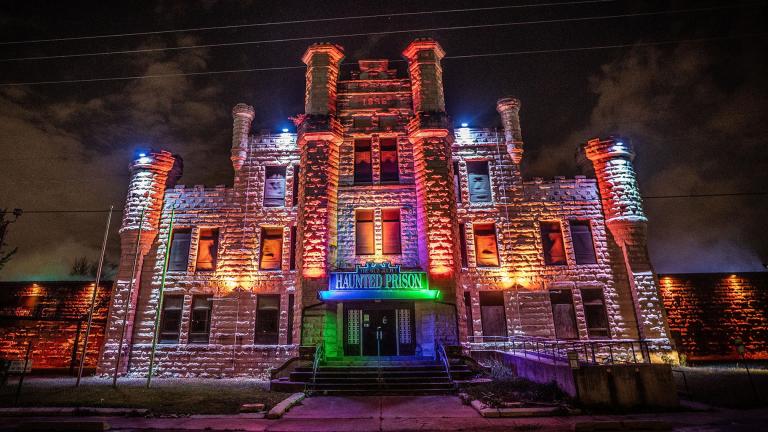Workers at both the Art Institute of Chicago and its affiliated School of the Art Institute have voted to unionize, making it the first major museum in Chicago to do so.
The members of Art Institute of Chicago Workers United (AICWU) will be represented by American Federation of State, County and Municipal Employees (AFSCME) Council 31 which includes 266 employees at the museum and 249 employees at the school. The two entities will have separate bargaining agreements.
“In our organizing process, we’ve talked to people from other museums who were a couple steps ahead of us like the PMA (Philadelphia Museum of Art), and the Walker Center, and they have the same things to say: inadequate staffing, low pay and little to no communication between leadership and really everyone else at the museum,” said Anna Feuer, a member of the AICWU organizing committee and the acquisitions and collection manager at the Art Institute’s Ryerson and Burnham Libraries and Research Center.
“We’re working at the whims of people who seemingly have a don’t-know-don’t-care attitude about what we’re dealing with on a daily basis. So, those core things were the impetus for us to take things in our own hands,” said Feuer.
The pandemic also exacerbated issues across most industries with layoffs, temporary closures and safety issues once venues reopened.
“I think museums closed and workers felt jerked around about when they saw some co-workers recalled and when they were not recalled. And, like workers in other fields, I’m sure they had concerns about whether they were too close to some of the patrons coming to the museum,” said Steven Greenhouse, a former New York Times labor reporter and author of “Beaten Down, Worked Up: The Past, Present & Future of American Labor.”
“I think we’re seeing this whole wave of unionization among white collar educated workers: graduate students, adjunct professors, journalists, people at nonprofit organizations, people at political campaigns and people at museums,” he added.
“I think a lot of these educated people had a voice in college, people listened to them, but on the job, they feel kind of stripped of any voice and they say, ‘we want a change,’” Greenhouse said.
“Also, many college graduates in these white-collar jobs at museums and elsewhere have this little problem of student debt, and they say, ‘it would be great if I could increase my salary to make it easier for me to deal with my student debt burden. And how might I raise my salary? How might I improve my benefits? A union,’” said Greenhouse.
“The main issues that we’re hoping to address are staffing and pay, like having a cost of living raise every year would be fantastic. We haven’t gotten raises the past two years,” said Feuer. “If you don’t have a cost-of-living raise, your paycheck is worth less and less every year.”
“When you address pay, you address class disparities and you address racial disparities,” she added. “So there’s a lot of positive things that can come from just that one single, but very important issue.”
The Art Institute of Chicago was invited to participate in this conversation, but they declined.








